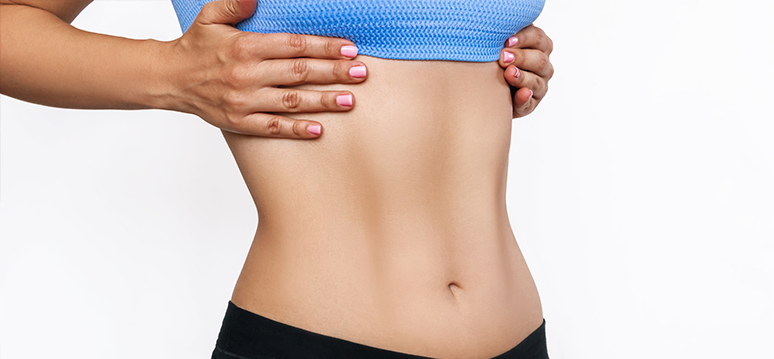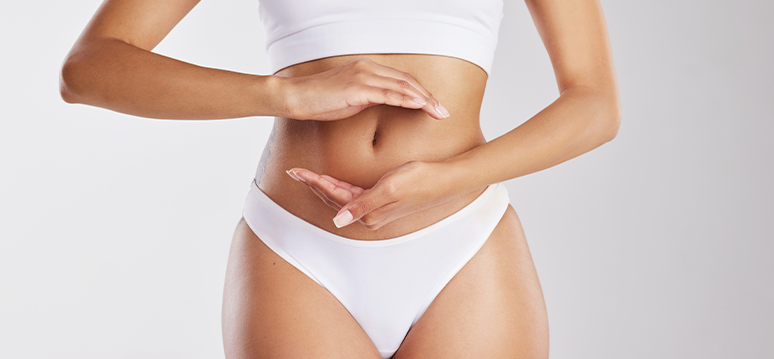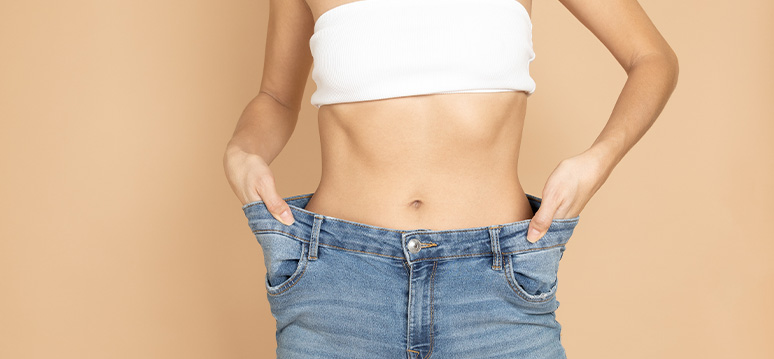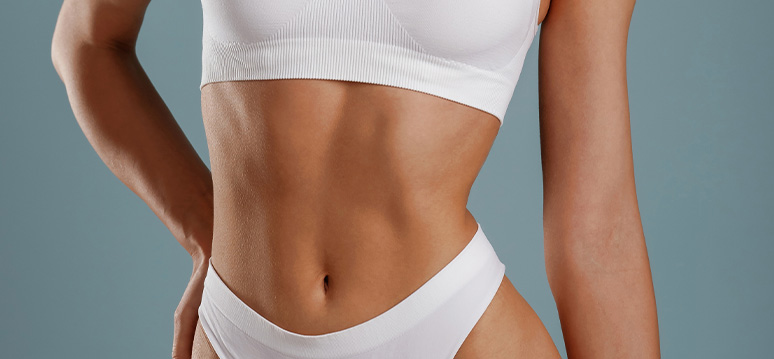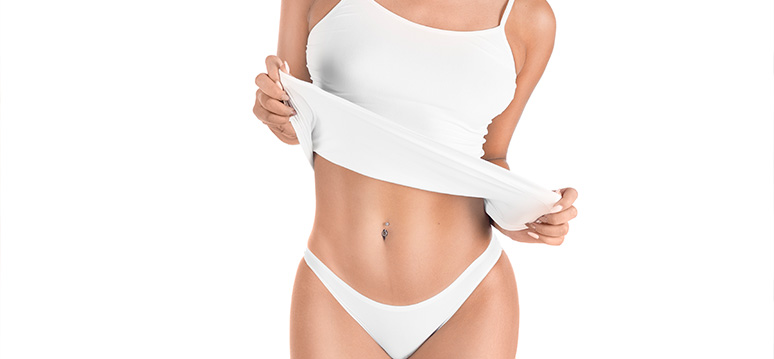Struggling with stubborn fat that refuses to budge, no matter how strict your diet or workout routine?
Localized fat pockets, commonly found in the abdomen, thighs, or flanks, can feel like an unmovable barrier to the body shape you’ve been working toward. If your body contouring efforts have hit a plateau, liposuction may have already caught your attention. But with a range of options—from traditional techniques to advanced laser- and ultrasound-assisted procedures—how can you determine which approach is right for you? But with so many options—from traditional methods to advanced laser- and ultrasound-assisted technologies—how do you choose the right one?
Choosing the correct type of liposuction is the single most critical decision (beyond selecting a top-tier surgeon) that will determine your final result, recovery time, and overall experience.
Understanding the Core Principle: Liposuction Is Body Contouring, Not Weight Loss
Before diving into the specific techniques, it’s crucial to firmly establish what liposuction is and is not. Liposuction is a sophisticated surgical procedure for body contouring, not a remedy for significant weight loss.
- Who is the ideal candidate? Individuals who are at or near their ideal body weight (typically within 15–25 pounds) and have localized fat deposits that are resistant to diet and exercise. Good skin elasticity is also vital, as the skin needs to contract smoothly over the newly sculpted areas.
- The Goal: To selectively remove a finite number of fat cells, permanently refining the body’s silhouette and improving proportions.
Understanding this foundation is the first step toward realistic expectations and a successful outcome. Now, let’s explore the revolutionary techniques available.
The Foundational Techniques: From Traditional to Modern Standards
Every modern liposuction procedure, regardless of its specialized enhancement, is rooted in one of three core techniques:
1. Suction-Assisted Liposuction (SAL) – The Traditional Approach
Suction-Assisted Liposuction (SAL) is the classic or traditional method. It relies purely on mechanical force and negative pressure (suction) to remove fat.
- How it Works: The surgeon inserts a small, hollow tube called a cannula through tiny incisions. The cannula is manually moved back and forth within the fatty tissue to disrupt the fat cells, which are then suctioned out by a vacuum pump.
- Pros: Highly effective for removing large volumes of fat, particularly in broad areas like the abdomen or thighs. It’s the benchmark all other methods are compared against.
- Cons: Requires more physical effort from the surgeon, potentially leading to more bruising, swelling, and a longer recovery compared to newer methods. It can sometimes be less precise for delicate areas.
2. Tumescent Liposuction (The Gold Standard for Safety)
Tumescent Liposuction revolutionized the procedure’s safety and effectiveness. It is technically a technique used in conjunction with SAL, PAL, or other methods.
- How it Works: A large volume of a special medicated solution—the “tumescent fluid”—is injected into the targeted fat. This solution contains saline (salt water), lidocaine (a local anesthetic for pain control), and epinephrine (a drug that constricts blood vessels). The fluid causes the fat tissue to become firm (tumescent) and swollen, making the fat cells easier to remove and minimizing blood loss and bruising.
- Pros: Significantly improves safety by constricting blood vessels, leading to minimal blood loss. Provides superb, long-lasting pain relief during and after the procedure. It allows for fat removal using only local anesthesia in many cases.
- Cons: The large volume of fluid can initially distort the treated area, making it slightly harder for a less experienced surgeon to judge the final contour.
Advanced Techniques: Precision and Skin Tightening Enhancements
The next generation of liposuction leverages technology to enhance the traditional process, offering greater precision, easier fat removal, and, often, a crucial element: skin tightening.
3. Power-Assisted Liposuction (PAL) – For Efficiency and Volume
Power-Assisted Liposuction (PAL) is an evolution of SAL that uses mechanical assistance.
- How it Works: A specialized cannula vibrates or moves rapidly back-and-forth. This automated movement gently and quickly breaks up the fat cells with much less force required from the surgeon. The disrupted fat is then suctioned out.
- Pros: High efficiency and speed, making it excellent for removing larger amounts of dense or fibrous fat (like in the back or male breasts). The reduced manual effort often results in less trauma to the surrounding tissue, potentially leading to a smoother recovery. The movement is more controlled and precise than manual SAL.
- Cons: Specialized equipment is required.
4. Ultrasound-Assisted Liposuction (UAL) and VASERlipo® – For Fibrous Areas
Ultrasound-Assisted Liposuction (UAL) uses ultrasonic energy to liquefy the fat before it’s suctioned out. VASERlipo (Vibration Amplification of Sound Energy at Resonance) is a highly refined and popular form of UAL.
- How it Works: The surgeon inserts a probe that emits high-frequency sound waves. This ultrasonic energy gently breaks down the walls of the fat cells, turning the solid fat into an emulsion (liquid), which is then easily removed with a cannula.
- Pros: Exceptional for dense, fibrous areas (like the upper back or areas of previous liposuction). The emulsification process makes fat removal smoother and less traumatic. VASERlipo is particularly valued for High-Definition (HD) Liposuction because it is highly selective—targeting fat while preserving connective tissues, nerves, and blood vessels, allowing for more precise sculpting and muscle definition (e.g., creating “six-pack” abs).
- Cons: Requires a highly trained surgeon familiar with the technology; there is a small risk of thermal injury if not handled properly.
5. Laser-Assisted Liposuction (LAL) / SmartLipo® – For Skin Tightening
Laser-Assisted Liposuction (LAL), often branded as SmartLipo, uses focused laser energy.
- How it Works: A tiny laser fiber is inserted under the skin, delivering thermal energy that both melts the fat cells and stimulates the production of collagen and elastin in the dermis (the underlying layer of skin). The liquefied fat is then gently suctioned out.
- Pros: The biggest advantage is its skin-tightening effect. The heat energy encourages the overlying skin to contract, making it an excellent choice for areas with mild skin laxity or for smaller, delicate areas like the neck and chin. Minimal invasiveness often leads to a quick recovery.
- Cons: Generally not ideal for removing very large volumes of fat compared to SAL or PAL.
Matching the Technique to the Area: A Strategic Approach
The optimal choice of a liposuction technique is not simply about the technology itself, but rather a strategic match between the specific body area being treated and the method’s unique capabilities. For instance, large areas like the abdomen and flanks often benefit from the high-efficiency and volume removal of Tumescent or Power-Assisted Liposuction (PAL), or the advanced definition provided by VASERlipo. Conversely, fibrous areas such as the back or male chest are best addressed with the ultrasonic energy of VASERlipo or PAL, which excels at breaking down dense fat tissue. When treating delicate zones with mild skin laxity, such as the neck and chin or the upper arms, Laser-Assisted Liposuction (LAL) is preferred due to its crucial skin-tightening effect. Ultimately, an expert plastic surgeon, like those at Memorial Plastic Surgery in Houston, carefully considers the fat density and required precision for each target area to ensure the best possible contouring results.
Actionable Advice & The Next Step in Houston
Choosing the right type of liposuction is paramount to achieving the stunning body contours you envision. The nuanced differences between techniques like VASERlipo’s precision for HD sculpting and LAL’s unparalleled skin tightening ability are what separate good results from great ones.
Your Action Plan for a Successful Outcome:
- Prioritize the Consultation: Don’t just research techniques—consult with a board-certified plastic surgeon. They will evaluate your skin elasticity, fat density, and desired outcome to recommend a truly customized plan.
- Maintain Your Weight: Remember, liposuction is for contouring. Maintaining a stable weight both before and after your procedure is the best way to ensure your results are permanent.
- Follow Recovery Instructions: Regardless of the technique, adherence to post-operative care, especially wearing your compression garment, is non-negotiable for minimizing swelling and promoting optimal skin retraction.
- Quick Recovery Snapshot: Most patients in Houston, Katy, or Sugar Land are back to light, desk-based work in 3–5 days, with all swelling fully resolving within 3–6 months.
For residents across the Greater Houston, Texas area, including The Woodlands and Galveston, the journey to a more sculpted self begins with an expert consultation. The distinguished surgeons at Memorial Plastic Surgery specialize in advanced body contouring, utilizing all of the premier technologies—from Power-Assisted to VASERlipo—to craft results that look natural, refined, and truly transformative.
Frequently Asked Questions (FAQ)
Is liposuction a permanent procedure?
Yes, the fat cells removed during a liposuction procedure are permanently gone. However, if you gain a significant amount of weight after the surgery, the remaining fat cells in the treated area—or in other, untreated areas—can still expand, potentially diminishing your results. Maintaining a healthy lifestyle is key to making your results from Memorial Plastic Surgery last indefinitely.
How much does liposuction cost in the Houston area?
The cost of liposuction varies widely based on the technique used (e.g., LAL is often less than VASER HD Lipo), the number of areas treated, and the complexity of the procedure. A full, personalized quote can only be provided after a consultation at our Houston clinic, which includes surgeon fees, anesthesia, and facility costs.
Which type of liposuction provides the best skin tightening?
Laser-Assisted Liposuction (LAL), such as SmartLipo, is generally considered to offer the most significant skin-tightening effect due to the thermal energy stimulating collagen production. However, devices like VASER can also promote some skin retraction. Your surgeon will discuss the best option for your specific degree of skin laxity.
Can liposuction be combined with other procedures?
Absolutely. It is very common to combine liposuction with other body contouring surgeries, such as a Tummy Tuck (Abdominoplasty), a Brazilian Butt Lift (BBL), or a Mommy Makeover, to achieve the most comprehensive result. Combining procedures can often lead to a more harmonious silhouette and a single recovery period.
Would you like to schedule a personal consultation with a board-certified plastic surgeon at Memorial Plastic Surgery in Houston to discuss your customized body sculpting plan?


